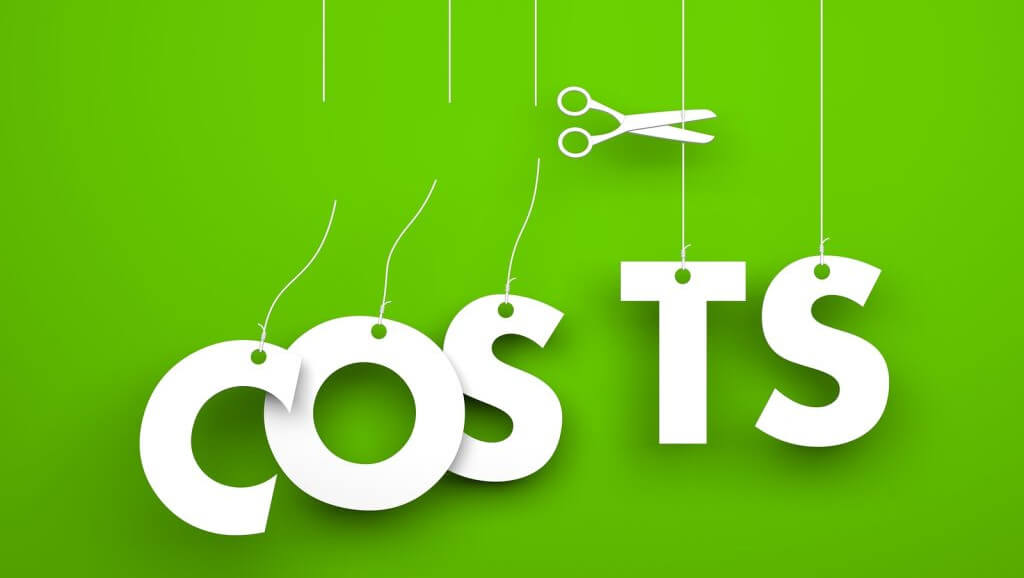
Running a startup means managing limited resources and tight budgets. Reducing expenses without compromising on quality is crucial for sustaining and growing your business. Here are practical cost-cutting strategies to help you achieve financial efficiency while maintaining high standards.
Optimize Operational Efficiency
Start by automating routine tasks to save time and reduce labor costs. Investing in software that automates invoicing, payroll, customer relationship management (CRM), and other administrative functions minimizes human error and frees up your team to focus on strategic tasks.
Next, consider outsourcing non-core activities like IT support, accounting, and marketing. Hire freelancers or use outsourcing platforms such as Upwork and Fiverr to find skilled professionals for specific projects. This approach lets you access expertise without the overhead costs of full-time employees.
Encouraging remote work can also significantly cut office space and utility expenses. Remote work reduces the need for physical office space, furniture, and supplies. Use communication and collaboration tools like Slack, Zoom, and Trello to maintain productivity and team cohesion.
Leverage Technology
Using open-source software can provide robust and cost-effective alternatives to expensive proprietary solutions. For instance, consider using GIMP instead of Adobe Photoshop, LibreOffice instead of Microsoft Office, and WordPress for website management. These tools often have active communities and extensive documentation to support users.
Opt for cloud solutions to reduce the need for expensive on-premises hardware and IT maintenance. Platforms like AWS, Google Cloud, and Microsoft Azure offer scalable solutions that allow you to pay only for what you use. Cloud services also provide enhanced security and backup options.
Manage Inventory and Supplies
Building strong relationships with your suppliers and negotiating better terms can lead to significant savings. Discuss bulk purchase discounts, flexible payment terms, and loyalty discounts. Regularly review your supplier agreements to ensure you are getting the best value for your money.
Implement just-in-time (JIT) inventory management to reduce the costs associated with storing and managing excess inventory. Order inventory only as needed to fulfill customer orders, which minimizes storage costs and reduces the risk of obsolescence.
Consider purchasing used or refurbished equipment for your office or production needs. Many companies offer high-quality refurbished items at a fraction of the cost of new ones. This approach can save money without sacrificing performance or reliability.
Optimize Marketing and Sales
Utilize social media platforms to market your startup at a low cost. Create engaging content, interact with your audience, and leverage social media advertising to reach a broader audience. Platforms like Facebook, Instagram, and LinkedIn offer targeted advertising options that can yield high returns on a limited budget.
Focus on content marketing by creating valuable and informative content that attracts and engages your target audience. Blogging, video tutorials, webinars, and eBooks can establish your brand as an authority in your industry. Content marketing is a cost-effective way to generate leads and build customer loyalty.
Building partnerships and collaborations with complementary businesses can help you reach new audiences and share marketing costs. Look for opportunities to co-host events, webinars, or joint promotions.
Optimize Financial Management
Regularly review your financial statements and track your expenses. Identify areas where you can cut costs without affecting quality. Use budgeting tools and software to keep track of your spending and make informed financial decisions.
Implement energy-saving practices to reduce utility bills. Simple steps like switching to energy-efficient lighting, using programmable thermostats, and encouraging employees to turn off equipment when not in use can result in significant savings over time.
If you lease office space, consider downsizing or renegotiating your lease terms. Evaluate if all team members need to be on-site or if a hybrid model would work. Subleasing unused space can also generate additional revenue.
Conclusion
Reducing expenses without compromising on quality requires a strategic approach and a willingness to adapt. By optimizing operational efficiency, leveraging technology, managing inventory and supplies wisely, and focusing on cost-effective marketing and financial management, your startup can achieve significant savings while maintaining high standards. Implement these practical cost-cutting strategies to ensure your business remains financially healthy and competitive.









